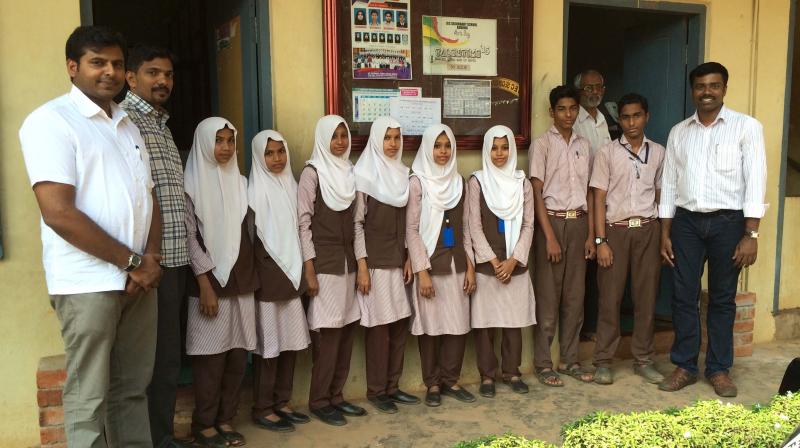Kerala: Insights into the twin' mystery
The team has visited Kodinhi thrice during the past year and is in second stage of the study.

MALAPPURAM: A multi-institutional international study comparing the highest twinning rates in Kodinhi in the district and Candidodo Godoi, a Brazilian town has come up with surprising lead which sheds light to the genetic and epigenetic factors which determines the heritability of twins. The rates of twinning have increased dramatically in Kodinhi over the past 60 years and the locality is home to approximately 500 pairs of twins and triplets now.
The research team consisting scientists from Kerala University of Fisheries and Ocean Studies (KUFOS), The Institute of Tropical Medicine, Tubingen University, Germany, University College London and Centre for Cellular and Molecular Biology, Hyderabad, says that the interim analysis of the collected data during the past year was encouraging.
Dr. Thirumalaisami Velavan, German scientist and the principal investigator of the study said that the study was leading the team to new, incredible insights towards revealing the mystery of how genes and environmental factors can influence traits and diseases. “The basic idea behind studying identical twins is that the results can better determine whether a certain trait, illness or disorder is influenced more heavily by genetics or by the environment,” he said.
Dr. E. Preetham, assistant professor at KUFOS who is the principal investigator of the research project in India said that they are heading towards unveiling the genetic and epigenetic factors behind the high twinning rate in Kodinhi soon. The team has visited Kodinhi thrice during the past year and is in second stage of the study. The last visit was in December 2017.
Another scientist Dr. Kaustubh Adhikari of University College London says that the findings of this study can be of relevance to biomedical sciences in diverse ways. “The reasons of twinning in Kodinhi can give scientists a better understanding of how the embryo develops in the womb, and how or why it produces twins in some occasions. That will also shed light on occurrences of certain birth defects, congenital anomalies, and conjoined twinning. It may also provide further insight for the research on infertility and In-vitro fertilization (IVF),” he said.

